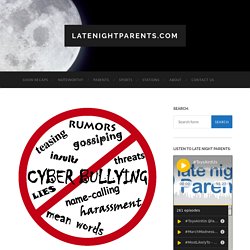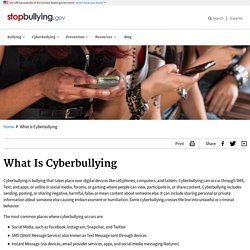

3 Ways to Enrich Digital Literacy in the Classroom. Digital literacy is the product of our modern age of instant messages, after-hours emails (if there were still an “after-hours”), and on-demand programming.

The digital age of connectivity and mass communication has led to the development of new and dynamic forms of literacy, constantly changing in the on-going search for increased computing power. In short, if we could send a faster message – we would. But, what is digital literacy anyway? Digital literacy refers to our ability to actively and competently express ourselves within a network of connected digital technologies.
For example: digital literacy means knowing the difference between a multi-paragraph text-message and a short email. For many of us, digital literacy was a set of skills developed in response to the increasing posed by continuous connectivity. Build a Healthy Skepticism To develop this sense of skepticism, try having students use whatever means they can to find their own earliest mark on the internet. Topics. What Happens When The Cyberbully Is A Child With Special Needs : All Tech Considered. Children with special needs often feel targeted by peers at school.

Social media can be a powerful tool to fight back. Martin Dimitrov/Getty Images hide caption toggle caption Martin Dimitrov/Getty Images Children with special needs often feel targeted by peers at school. As a bullying counselor, I spend many of my days helping students and teachers handle confrontational behavior — or, as the kids say, drama. It started, as bullying often does, in a school hallway. E is a teen with special needs. And E now has a power to hit back — on Facebook. More so, E didn't know this, but her Facebook privacy setting was set to public, meaning anyone — including A — could read her posts. Except, in E's head, she was the victim. I found myself in a mediation session with the two girls — they were aggressive and mean and blamed each other.
And here's the thing about cyberbullying: It can unravel into extensive, real-life trouble. Of course, this is not to downplay the blessings of social media. Raising Social Media Teens Means Constant Parental Learning : All Tech Considered. The Ask.fm website has been linked to two bullying cases that led to suicides.

Danny E. Martindale/Getty Images hide caption toggle caption Danny E. Martindale/Getty Images The Ask.fm website has been linked to two bullying cases that led to suicides. This week on All Tech, we're exploring kids and technology with posts and radio pieces about raising digital natives. The social media site Ask.fm has made headlines in connection with the suicide of a 12-year-old Florida girl who was the target of intense bullying on the site. On Sept. 9, Rebecca Sedwick climbed a tower at an abandoned concrete plant near her Central Florida home and jumped. "People were sending her messages telling her that she should just go kill herself and everybody hated her and nobody liked her," Norman said.
Norman told the station that she moved her daughter to a new school and thought she'd gotten her off social media sites. The European-based company lets teens post questions and answers anonymously. Cyberbullying, Haters, and Trolls Parent Concern. 11 Facts About Cyber Bullying. Cyberbullying. Cyberbullying: What Is It and How to Stop It – @CallerSmart. Cyberbullying affects countless teens and adolescents.

A 2015 random sample study of 11-15 year olds in the Midwest found that over 34% reported being the victim of cyberbullying in their lifetime. Other studies have found that 1 in 4 teens have been cyberbullied. Victims of cyberbullying are much more likely to use alcohol and drugs, avoid school and have poor grades, experience depression and low self-esteem, and may even contemplate suicide. Overview: What Is Cyberbullying? Cyberbullying is a broad term and is any form of abuse repeatedly directed at a child through technology by another child.
With 92% of teens reporting going online at least once daily and 24% stating that they are “online constantly,” the amount of potential exposure to cyberbullying is high. Cyberbullies can create fake social media profiles and download apps that provide temporary disposable numbers that allow them to send threatening text messages without the victim knowing the identity of their attacker. What is Cyberbullying. Cyberbullying is bullying that takes place over digital devices like cell phones, computers, and tablets.

Cyberbullying can occur through SMS, Text, and apps, or online in social media, forums, or gaming where people can view, participate in, or share content. Cyberbullying includes sending, posting, or sharing negative, harmful, false, or mean content about someone else. It can include sharing personal or private information about someone else causing embarrassment or humiliation. Some cyberbullying crosses the line into unlawful or criminal behavior. The most common places where cyberbullying occurs are: Social Media, such as Facebook, Instagram, Snapchat, and Twitter SMS (Short Message Service) also known as Text Message sent through devices Instant Message (via devices, email provider services, apps, and social media messaging features) Email Special Concerns.